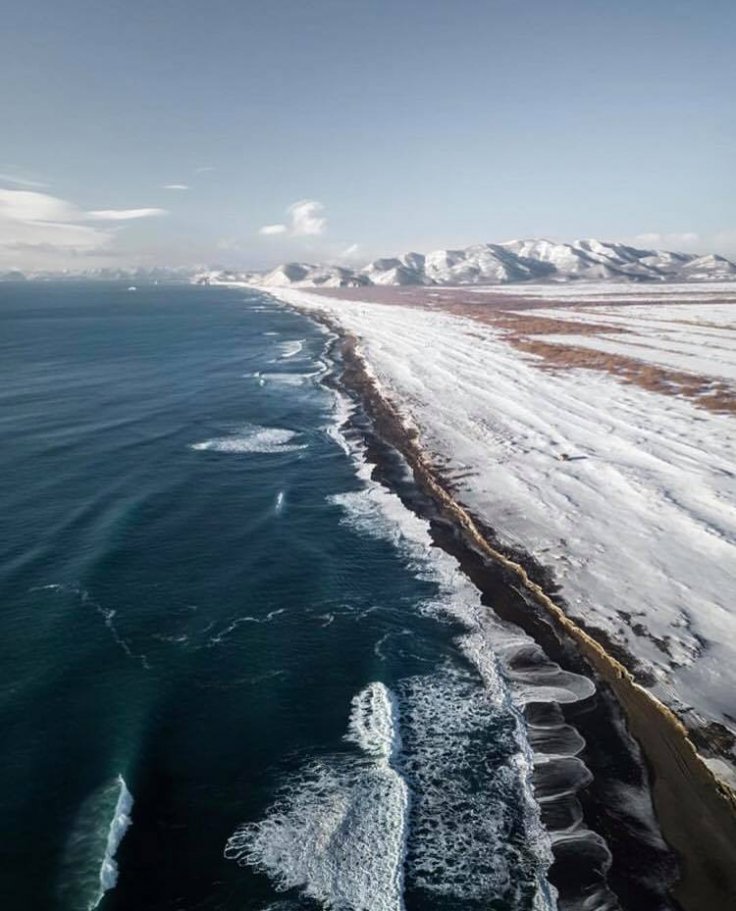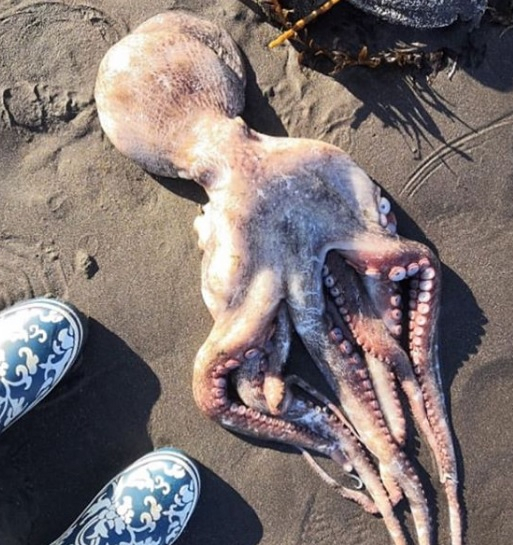Earlier this month (October 2020), social media erupted after many found dead marine lives on the beaches of Russia's Kamchatka region. A report by environmental advocacy group Greenpeace suggested that approximately 95 percent of the marine lives were destroyed and washed up on the beaches, terming it as an environmental disaster. The outcry gave birth to multiple theories including ocean pollution due to rocket propellant, oil spill and even leak from toxic chemical waste facility.
Amid wild speculations, an investigation was launched, indicating that the incident might have begun as early as mid-September. But following the probe, scientists at the Russian Academy of Sciences (RAS) ruled out any man-made disaster. Rather, it was due to natural causes contrary to the earlier reports.
'Not Man-Made Disaster'
The Greenpeace Russia team arrived in Kamchatka and took photographs of the beach and collected soil and ocean water samples. The non-governmental agency found remains of dead sea animals not just on the picturesque beaches but also underwater. It also reported a yellow foam on the surface of the water, further fueling speculations that it was man-made.

The agency also found four times higher concentrations of petroleum hydrocarbons and 2.5 times higher phenol levels in the water — both associated with an oil leak. While RAS confirmed the higher levels, its Vice President Andrei Adrianov said that it certainly could not have led to the mass deaths of aquatic beings in the region.
Ruling out chemical pollution, Adrianov said that the results were verified by several Russian federal agencies and all found "absence of significantly raised levels of any chemical substances that could have posed a danger."
Russian agencies dismissed reports of 'heptyl', a highly toxic chemical used as a rocket fuel that could have been discharged from the Radygino test site. They also rejected claims that radioactive pollutants might have been leaked from Kozelsk waste facility. Dmitry Zemtsov, Vice President of the Far Eastern Federal University, which also sent an expedition team, came to a similar conclusion that it was not man-made.

What Might Have Caused It?
All the agencies said in their reports that the mass casualty was caused by the red tides or foam that was observed in Kamchatka. But what caused the red tides? It is a result of a toxic algae bloom. In Kamchatka, scientists believe that the phenomenon was caused by microscopic algae of the genus Gymnodinium. During rapid production, the algae produce toxins that are harmful to marine life. Russia Beyond reported that the yellow foam was one of the characteristics of the algal bloom.
"They are responsible for the production of a rather large number of various toxins. Curiously, they are toxins that affect invertebrates," Adrianov said.
Not All Convinced
While red tide is a common phenomenon that was also seen in Florida in 2017 and 2018, not all are convinced with the official explanation. According to Georgy Kavanosyan, a hydrogeologist and an ecological scientist told Russia Beyond that the phenomenon was localized and the toxic characteristics were observed 10 kilometers away from Kamchatka's Khalaktyrsky Beach. He added that something must have triggered the algae bloom.
"The contamination was thus a localized one and, even if the algae were to blame, they were most probably helped to proliferate by something - for instance, a leak of pesticides from the Kozelsk waste facility," Kavanosyan said.
The World Wildlife Fund (WWF), believes that based on the current information, it is impossible to reach a conclusion. "No information has appeared to date to pinpoint a specific man-made pollutant or a particular natural toxin," it said.









